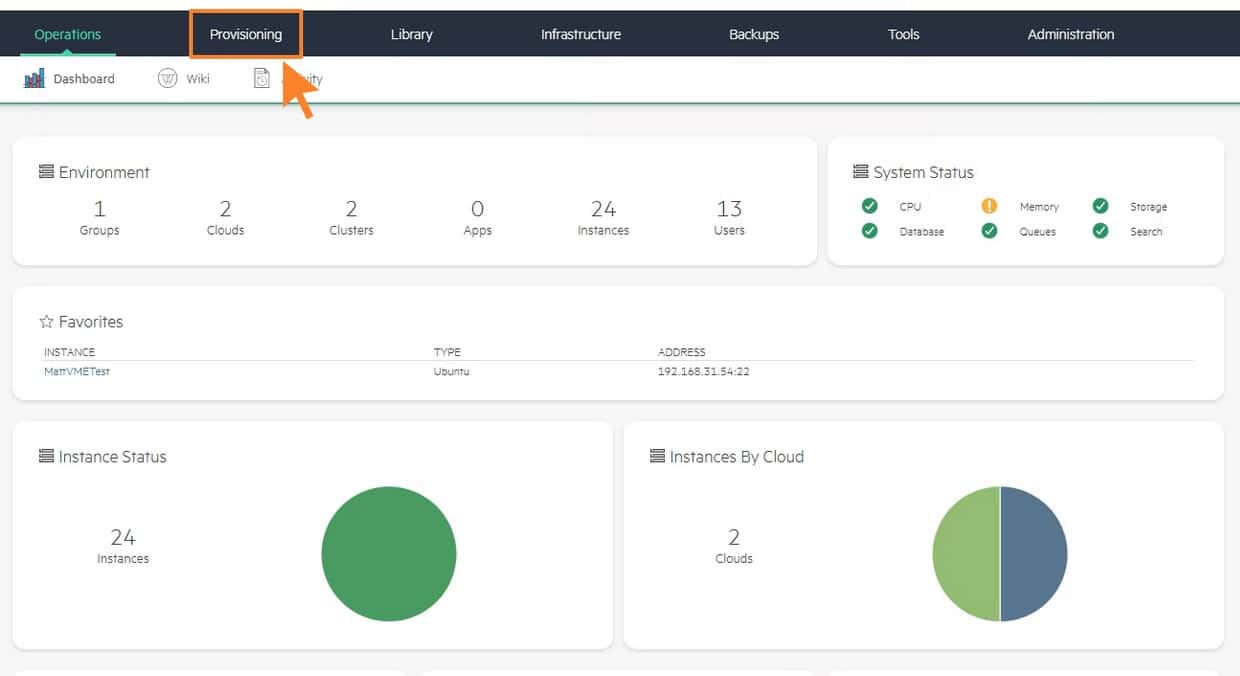With Broadcom’s acquisition of VMware and the uncertainty it has generated among customers, Hewlett Packard Enterprise (HPE) has officially launched HPE VM Essentials Software (HPE VME), a KVM-based virtualization solution that aims to be a viable alternative to VMware vSphere. This new platform not only allows for the creation and management of virtual machines (VMs) but also facilitates a flexible transition from VMware. However, is it really a competitive alternative against other options like Proxmox and Hyper-V?
Comparison of Virtualization Solutions
Below is a comparison of HPE VM Essentials Software with VMware vSphere, Proxmox, and Microsoft Hyper-V, taking into account key aspects such as architecture, compatibility, migration ease, costs, and enterprise support.
| Feature | HPE VM Essentials Software | VMware vSphere | Proxmox VE | Microsoft Hyper-V |
|---|---|---|---|---|
| Hypervisor | KVM integrated with VMware | ESXi | KVM and LXC | Windows-based |
| VM Manager | Morpheus Data | vCenter | Proxmox Web UI | Hyper-V Manager and SCVMM |
| Container Support | Integration with KubernetesKubernetes (commonly referred to as “K8s” in English) | Tanzu Kubernetes Grid | Integrated with LXC | Windows Containers |
| Migration Ease | VMware to HPE VME conversion | Limited to VMware environments | Compatible with KVM | Difficult outside of Windows |
| License Model | Socket-based subscription | License and subscription fee | Free with enterprise options | Included with Windows Server |
| Cost | Competitive with VMware | High (depending on the plan) | Low (open source) | Variable by edition |
| High Availability | Supported | Integrated | Integrated | Supported |
| Automation | Supported by Morpheus Data | vSphere Automation | Ansible, Terraform | PowerShell, SCVMM |
| Scalability | High | Very High | High | High |
| Security | Integration with third-party solutions | VMware NSX | Optional with firewall and proxmox | Integrated with Windows Defender |
Advantages and Disadvantages of HPE VM Essentials Software
Advantages:
- Viable alternative to VMware with native compatibility.
- Integration with Morpheus Data for hybrid cloud and VM management.
- Flexibility to use third-party hardware, including Lenovo and Supermicro.
- Subscription-based license model that reduces initial investment costs.
- Future integration with Kubernetes for unified management of containers and VMs.
- Increased agility in management with advanced automation tools.
- Support for multiple hybrid environments, allowing for a gradual transition from VMware.
Disadvantages:
- Still in the consolidation phase, so it may not be as mature as VMware vSphere.
- Dependence on Morpheus Data for advanced functionalities.
- Lack of an integrated security solution at the level of VMware NSX or Hyper-V with Windows Defender.
- Possible learning curve for administrators used to vSphere.
Is HPE VME the Best Alternative?
The choice of the best virtualization platform will depend on the needs of each organization:
- For companies looking to reduce dependency on VMware: HPE VM Essentials Software can be an excellent alternative, thanks to its integration with VMware and KVM.
- For open-source environments and flexibility: Proxmox remains one of the best options due to its zero cost and LXC support.
- For businesses with Microsoft-based infrastructure: Hyper-V remains a robust solution, especially for environments running Windows Server.
Furthermore, HPE VME is designed to integrate with hybrid cloud solutions, allowing for centralized management both on-premises and in the cloud. This capability makes it appealing to companies looking to consolidate their IT infrastructure and optimize operational costs.
Another factor to consider is the ease with which HPE VME can be deployed on different types of hardware. Unlike VMware, which may require specific certifications for certain servers, HPE VME allows for greater flexibility in hardware selection, facilitating adoption in organizations with diverse equipment.
With its launch and future integrations with Kubernetes and Morpheus Data, HPE VM Essentials Software could become an increasingly competitive option. However, its adoption will depend on how quickly HPE can consolidate its offerings and persuade companies to transition from VMware.
David Carrero, cloud infrastructure expert at Stackscale (Grupo Aire), states that “this solution could represent a new real alternative to VMware and Proxmox, but it is essential to test it under actual workloads to assess its performance. Additionally, it will be important to see how it evolves with HPE in terms of ongoing development and future support.”
In the future, it will be key to observe how the HPE VME ecosystem evolves, especially concerning improvements in security, interoperability with other platforms, and expanding its compatibility with third-party hardware. If HPE can strengthen these areas, it could position itself as a leader in the virtualization market.

